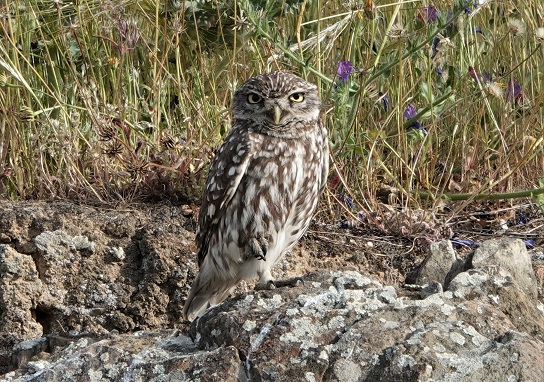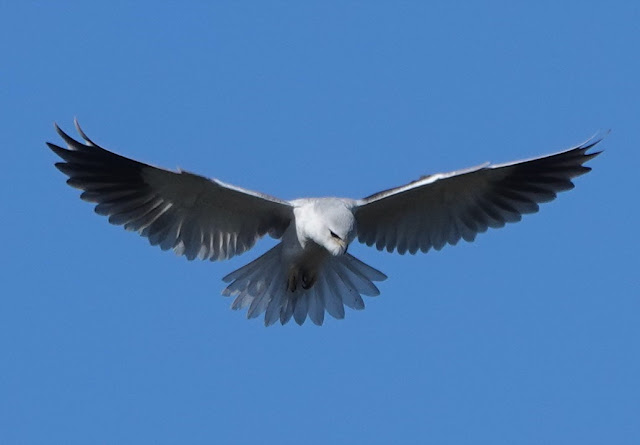Thickbills in the thistles
This is one of my favourite times of the year to be in garden. And one of the reasons for this is that one of my favourite birds are very easy to watch here at the moment. It is the Hawfinch or Picogordo in Spanish which translates as stout or thick bill. Over the years here I have almost worked out the annual cycle of our local Hawfinches. I know that in the winter they will come to feed on ripe olives, on the fruit of cypresses and I have even seen one pick up an unshelled almond. In late winter we often see a male singing from the bare tree in front of the house. In March the place to find them is where there are Southern elm trees. They feast on the mast. There is a clump opposite the church just down the lane. And then they disappear. During most of April and May they can be hard to find - a fleeting glimpse of a bird in flight here, another disappearing across a wooded valley there. The reason is that they become very secretive during the breeding season. They must be breeding close to us - perhaps in one of the tall Cork Oaks nearby, perhaps in an old olive, because suddenly, come the end of May, family parties of Hawfinches arrive as if out of the blue. The reason why they come is because of the Milk Thistles. We have a thriving population of these in our field and garden and at this time of the year the flowers have withered and the seeds have ripened, sitting atop the spiky thistle head, which is somewhat reminiscent of a spiky headed dinosaur, and viciously sharp. Hawfinches love them. At almost any time of the day the metallic chink calls of adults and young can be heard and from the kitchen window I can watch these splendid birds attempting to land on top of the thistle, plucking a seed and flying off again. I first saw Hawfinches almost forty years ago, when as a schoolboy, I wandered along the lanes through open woodland near my home in South Wales. I still remember my first sighting - a bird perched on top of what I called the "Woodpecker Tree". They are quite common here and one can even find small flocks of them in wooded valleys, attracted by wild olives (I once counted 35 lined up on an overhead cable), but it is the proximity of them here in the garden which I count as a real blessing. Even now, I get a flutter of excitement whenever I see one: common they may be here, but never commonplace.




Comments